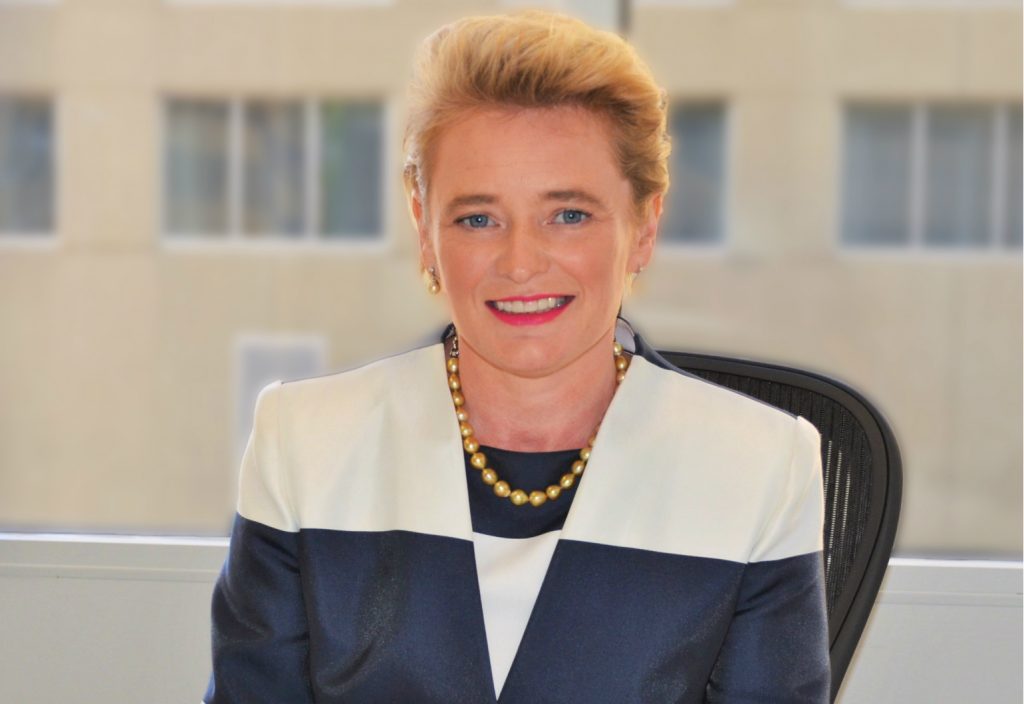Victoria recently appointed Dr Collette Burke as its first Chief Engineer, a position that will help shape the state’s drive to modernise its infrastructure and make STEM an integral part of its economy.
As she begins her tenure, Dr Collette Burke spoke with create digital to tell us what’s on her agenda, how we can raise the profile of the engineering profession, and why you’ll start to see more Chief Engineers across the country.
create: What is your experience in engineering, and why were you chosen to be Victoria’s first Chief Engineer?
Collette Burke: I was selected for this role largely due to my extensive experience in the public and private sector. I started my career in site engineer roles, working my way to executive management and now into directorship and advisory roles.
I’ve delivered a diverse range of infrastructure projects including telecommunications, rail, road, marine and tunnels, and also have a PhD in risk management over the lifecycle of a construction project. This leaves me well placed to advise on risk management and best practice.
create: Australia has Chief Scientists, but few Chief Engineers. Why do you think we need Chief Engineers now?
CB: Investment in infrastructure development is currently at unprecedented levels, and it’s going to continue to grow over the next five to 10 years. I believe the government has realised the need for more expert input on how we design, engineer and deliver projects so we can develop world-class infrastructure for the benefit of our communities.
create: What are some issues on your radar?
CB: For quite a while we’ve been talking about integrated transport networks – how they operate and interlink, and how we move around cities and states. Moving into the future, there is a need to look at how we can maximise the use of existing assets, and how we can link that with further developments in data collection to look at things from both a state and national perspective.
We also have a shortage of engineers in both the private and public sector, so resourcing issues could continue to worsen. Upskilling our younger engineers with good quality work experience in the private and public sector will not only give them an advantage when entering the workplace, but it will also ensure the future supply of an appropriately skilled engineering workforce.
create: How can we raise the profile of engineers and their contributions to society?
CB: I believe government, industry and professional bodies have always had a good relationship. However, the mechanisms have not been in place to move the engineering profession forward in a united way.
Part of my role will be tapping into agency and industry bodies to see what’s on their agenda. After a couple of months, we should be able to gauge the mood of the industry and determine priorities.
Engineers tend to be quiet achievers on the whole. Promoting the profession will be not just working with government and industry, but interacting with universities, working in STEM education and looking at how we can promote those subjects to the younger generations.
People generally have a good understanding of what engineers do out in the private sector, however it’s important to promote and showcase roles and opportunities offered across all of engineering. We need to better understand career paths for engineering and how we can foster this development.
I also believe there is a need to create consistent standards across the board. In Victoria we are introducing a registration system for engineers, which will be an important step to achieving this goal.
create: You have a history of promoting women in engineering. Will this be something you focus on during your tenure as Chief Engineer?
CB: We need diversity in the industry to get optimum outcomes, and certainly that includes diversity by gender. We need to make sure we continue to promote women, that we have good role models, and that we encourage younger women into the profession.
Having held the position as former director of the National Association for Women in Construction, I’m particularly interested in how we look at promoting and retaining women within the profession.
create: What legacy would you like to leave?
CB: This is a new position for the state, and as Victoria’s first Chief Engineer, setting up a solid foundation from the start will ensure future success for the Chief Engineer’s role.
I look forward to working with my state and national counterparts. I’m excited to interact with them and discuss how we can trade ideas and experience to ultimately raise the profession as a whole.
